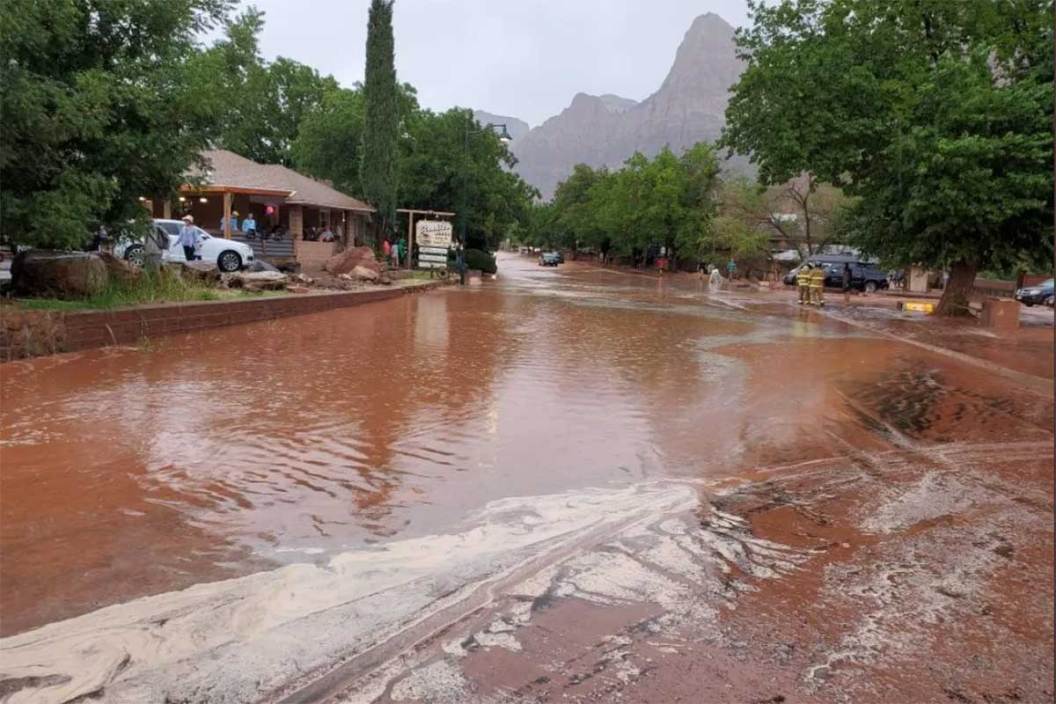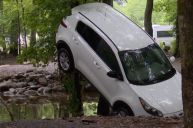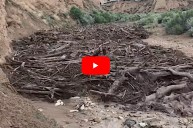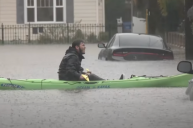A massive flash flood caused damage to roads and other areas of Zion National Park in Utah.
Reports of widespread damage, backed by dramatic photos and video clips of the scene, are coming out of Utah after Zion National Park experienced torrential downpours Tuesday, June 29, resulting in a flash flood.
Photos from park officials show some of the damage, specifically mud and debris strewn across roadways, broken asphalt, and giant boulders displaced in the middle of the road.
In the immediate aftermath, a Search and Rescue operation, as well as the flooding conditions, led to the temporary closing of SR-9 and suspension of shuttle services.
Visitors have been urged to avoid the area and "exercise caution" if moving through the park. Cleanup crews have already mobilized. The park received more than an inch of rain over the course of an hour on Tuesday.
"Visitors should expect traffic delays, debris on roads, and potential closures of trails and parking areas as clean-up continues and damage is being assessed," park officials said.
To get an idea of the damage, here are some photos.
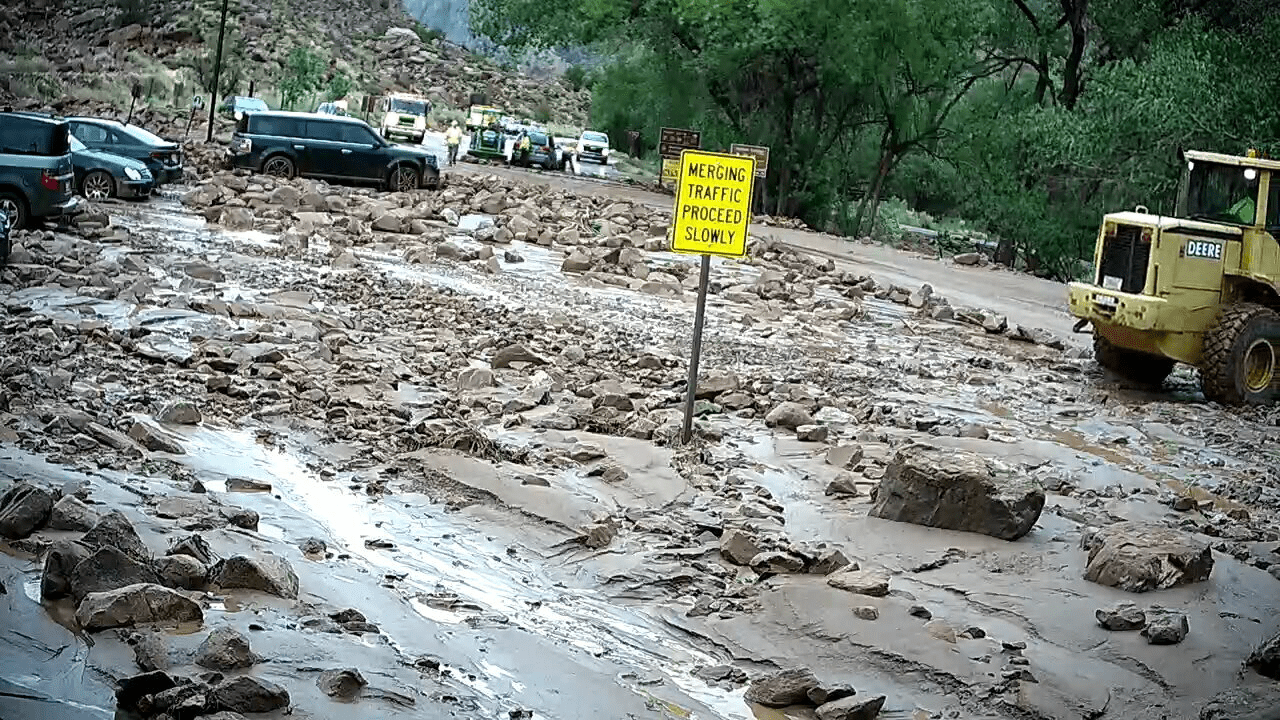
National Park Service

Zion National Park
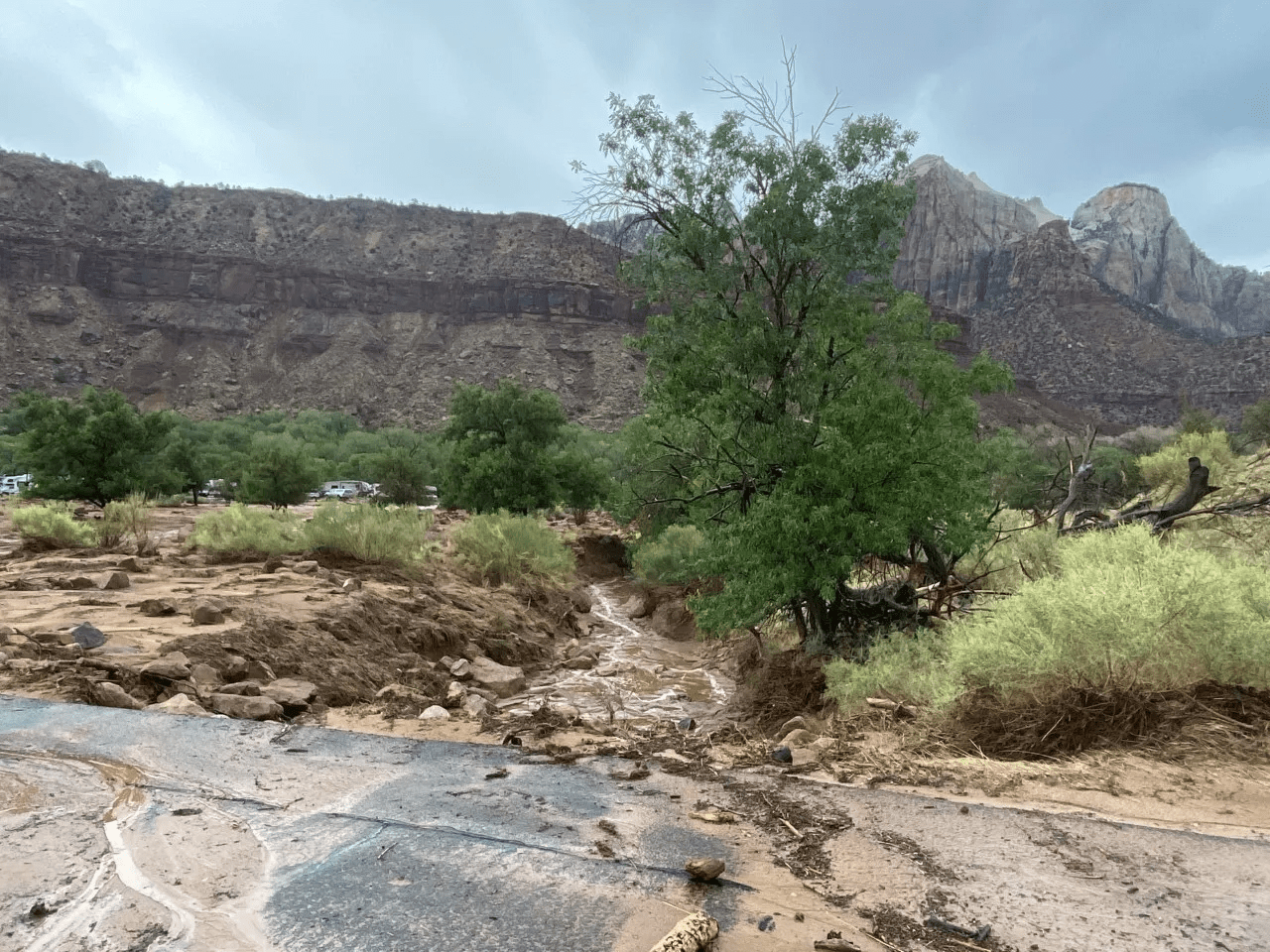
National Park Service
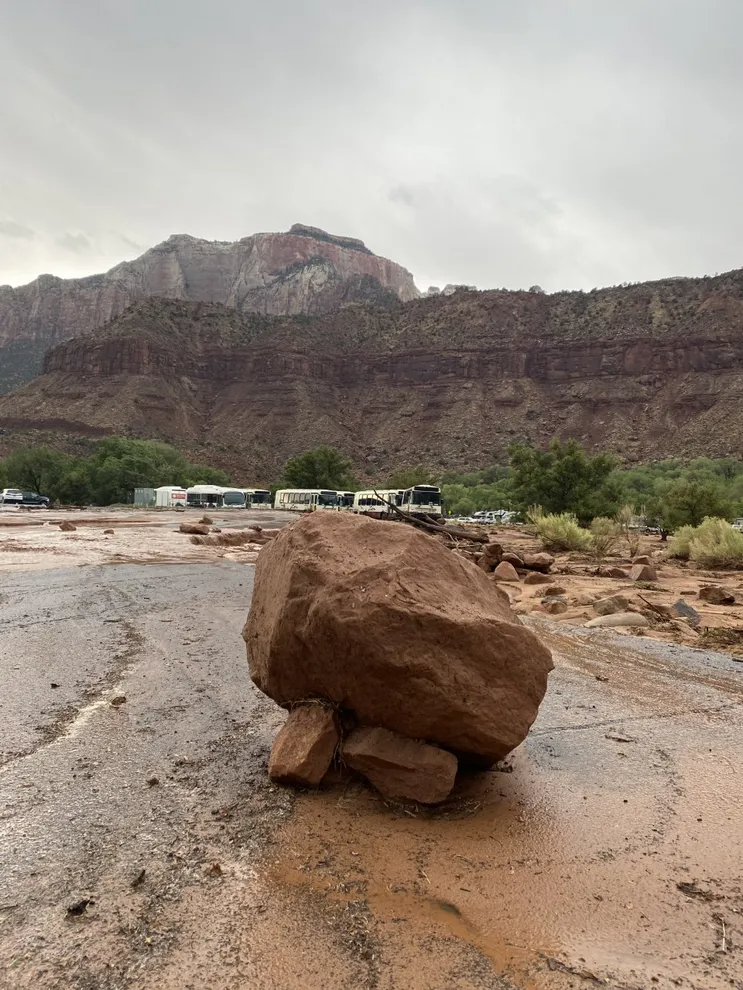
National Park Service
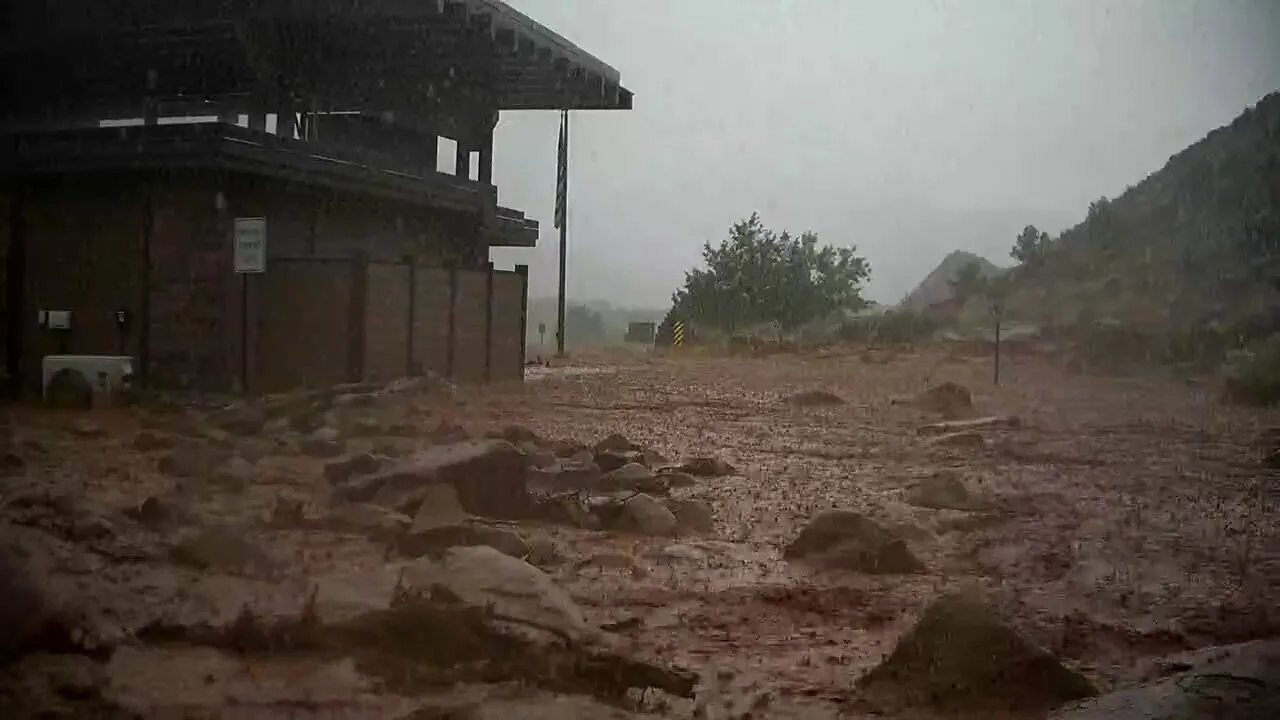
National Park Service
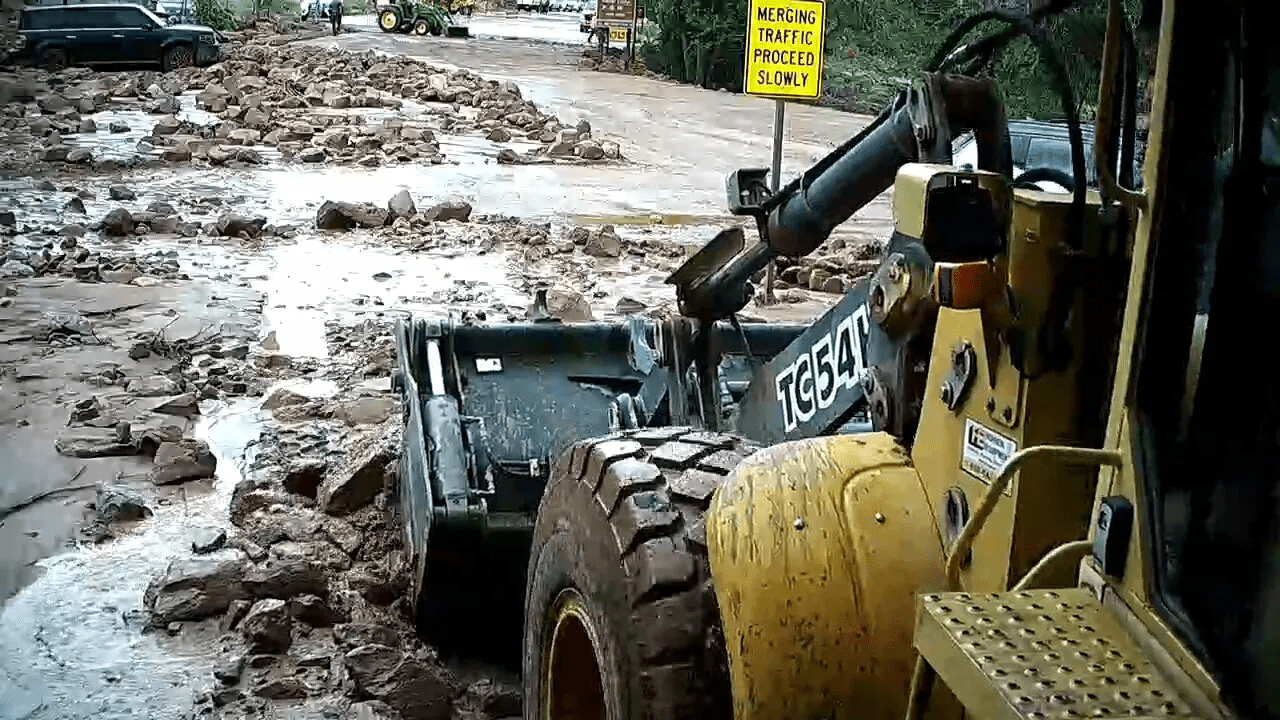
National Park Service
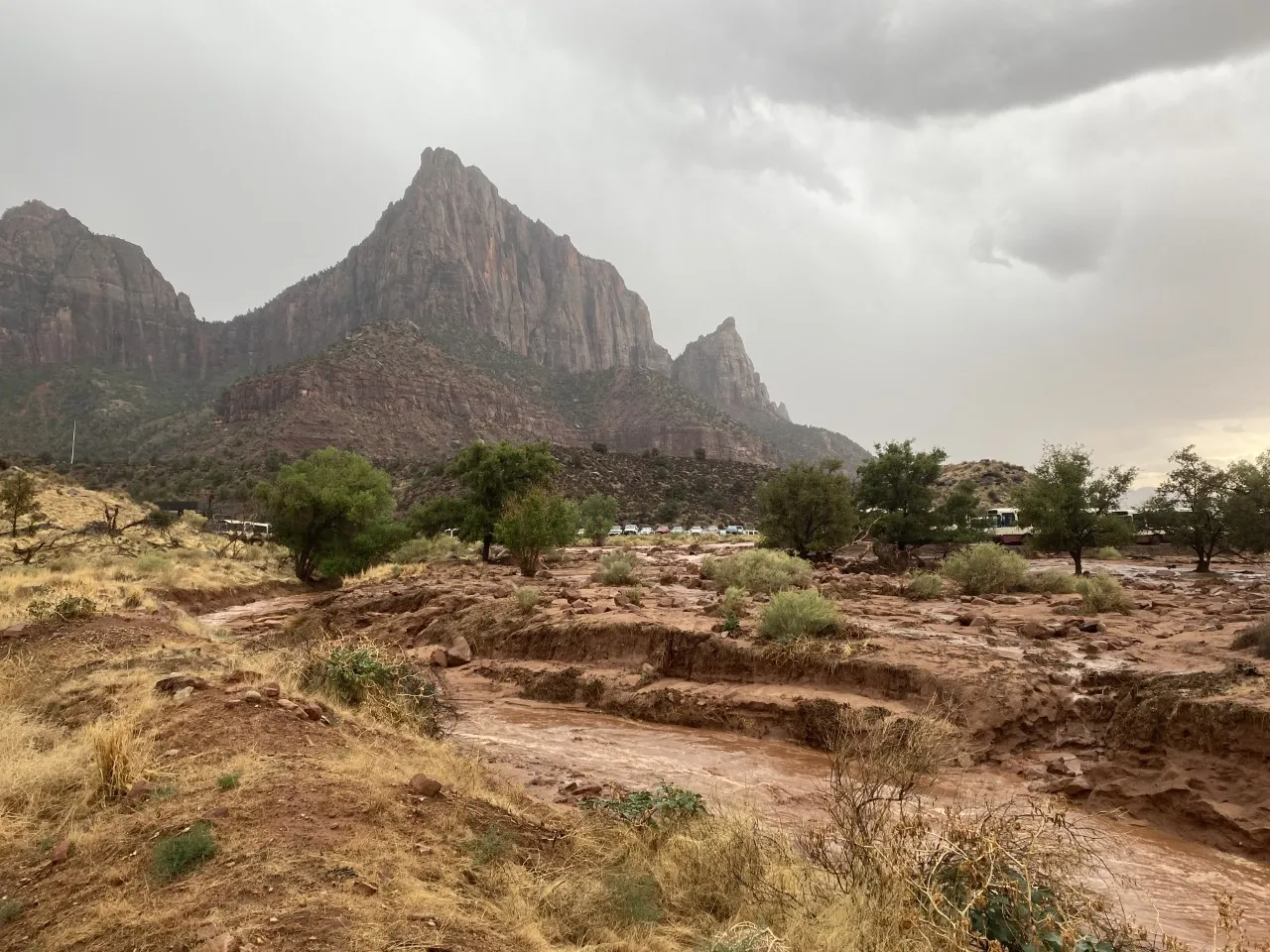
National Park Service
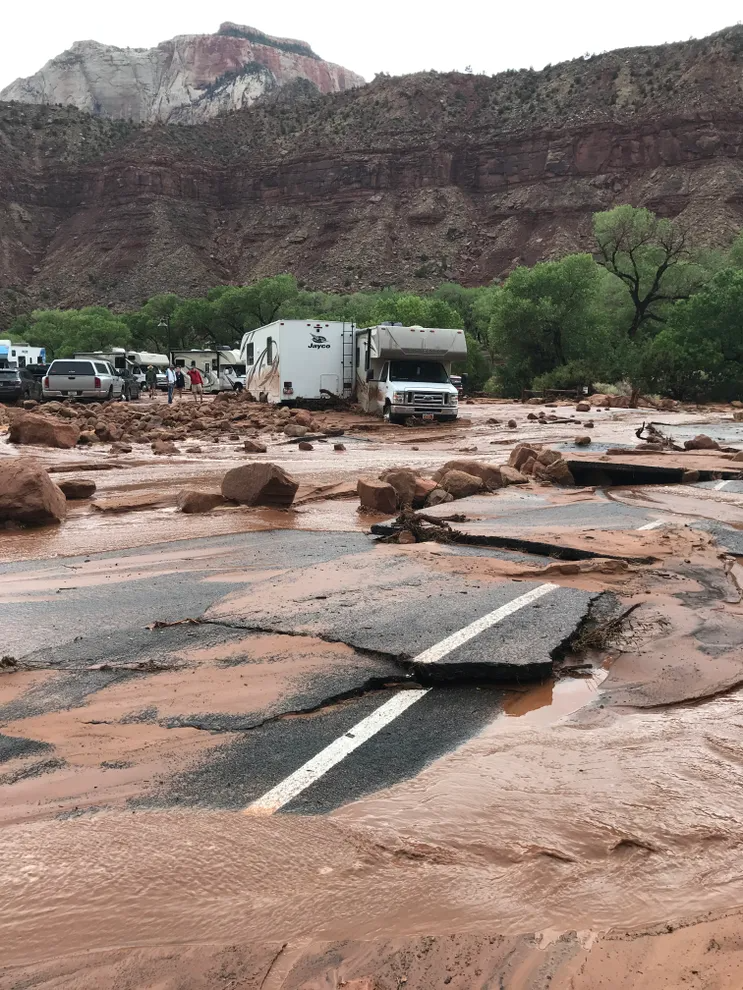
National Park Service
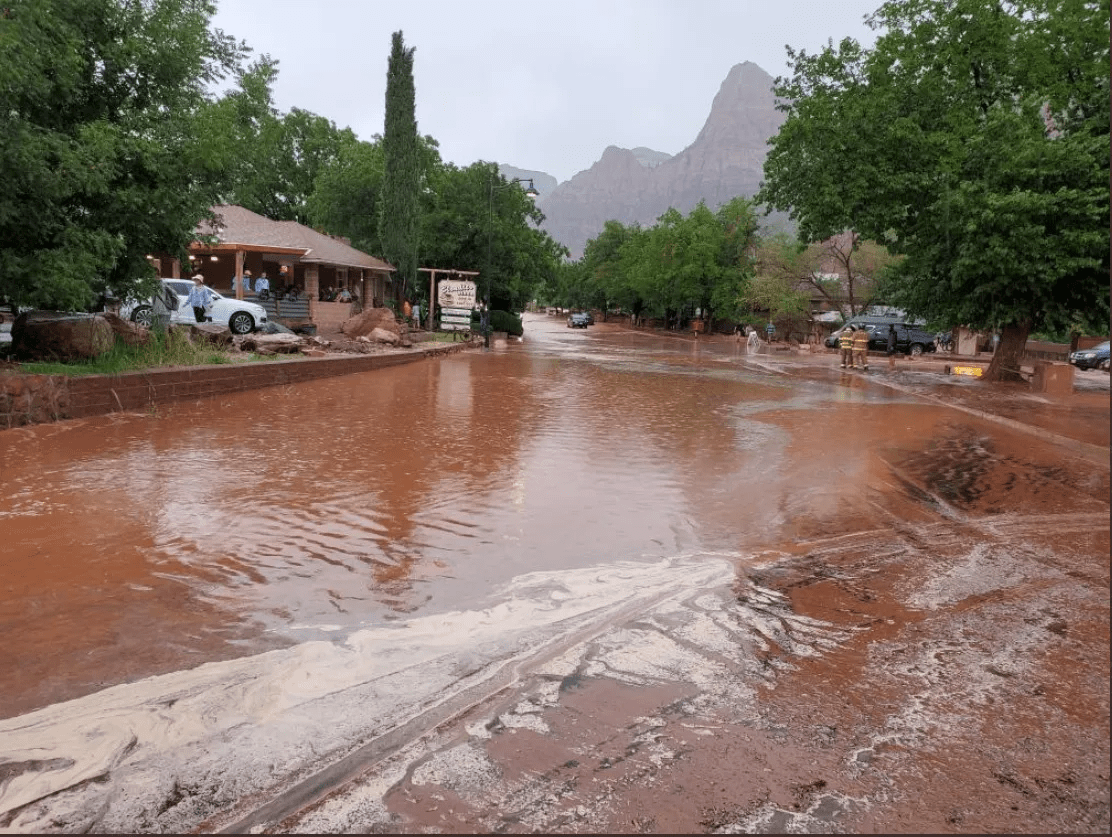
Utah DOT
Visitors went to social media to share videos of the situation, some of which you can see here.
WASHOUT: Utah's Zion National Park closed after it was hit by multiple flash flood warnings. https://t.co/eAJ4uQREwV pic.twitter.com/kmmiiGgrED
— ABC News (@ABC) July 1, 2021
Flash floods are unpredictable and can happen even when the sun is out. Always check the weather and flash flood potential before going on a trip. Just check out these before and after shots to see how much Oak Creek changed during yesterday's flood!https://t.co/im7y9h8YwV pic.twitter.com/GuDTRIZkvk
— Zion National Park (@ZionNPS) June 30, 2021
"Flash floods, often caused by storms miles away, are a very real danger and can be life-threatening," officials said. "Three critical steps to flash flood safety are: get to higher ground, do not drive in water, and stay informed. When an area is flooded turn around, don't drown."
Flash floods are not uncommon for the area, and monsoon season typically runs from July to September. Park officials said this can create dangerous situations and visitors need to prepare for a "wide range of weather conditions."
To find out about current conditions, you can check Zion's Twitter account, the park's News Releases section of their website, or the Utah Department of Transportation's maps.
NEXT: FLOODWATERS SPECTACULARLY RE-FILL A LONG DRIED-UP LAKE
